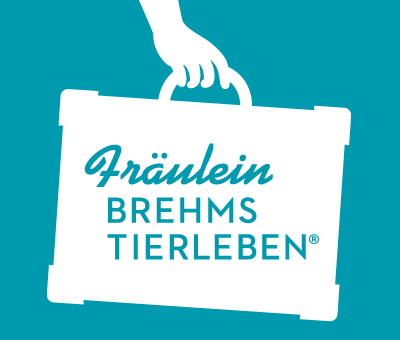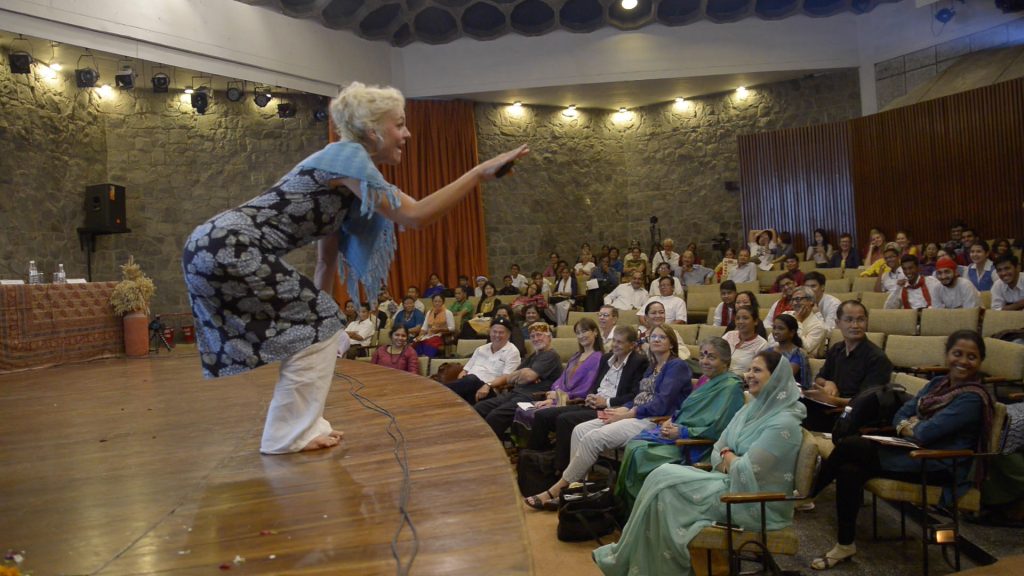Frollein Brehm’s Life of Animals
Wildlife put into action – A challenge for nature conservation
We all know by now that bio-diversity is being threatened. Only few people realise how closely and directly this concerns us all. In general, the secret lives of animals and plants are not easily accessible to most of us even if they are endemic species. Who is aware of the fact that some earthworm species are actually listed as endangered?
This is an enormous challenge for NGOs and nature conservationists.
And by the way, not everybody can or even should discover nature’s wonders by themselves unrestrictedly. Sustainable tourism and respectful treatment of resources by land users like farmers unfortunately still doesn’t come easy and isn’t natural to humankind. Quite the opposite is the case.
Certain recreational activities for example pose an enormous strain on flora and fauna. Water protection areas, bird sanctuaries, sustainable agriculture are of the utmost importance.
So if humans can’t all come and enjoy nature as is their want, they now can be taken on a journey of a different kind in order to raise awareness and empathy for natures cares and worries. The Frollein is just the one to do this job. She is nature’s ambassador, entering the realms of animals, humanity, art, science and media, raising public interest and an understanding of nature’s needs.
The concept
With Frollein Brehm’s Life of Animals the audience experiences nature in a cultural context via science theatre. Just as Alfred Brehm did in the 19th century – he wrote ten volumes on animal’s biology – top scientific news and research results are presented live on stage.
In the 21st century the possibilities of presenting scientific results are almost like made for the stage. In Frollein Brehm’s Life of Animals striking insights and scientific findings are finally being made accessible to a wide audience via sounds, photographic material, maps, replicas of sculls and more.
All Frollein programmes are being acted out by professional actresses. Sight or hearing impaired audiences can be especially catered for by focusing on olfactory and sensory displays.
Frollein journeys
A congenial Frollein takes us on a journey of a different kind straight into the realm of animals and science. Starting with the Frollein’s very own experiences and observations, descriptions and findings about animals the audience gets to be taken on a journey full of exciting news, thrills and deep – scientifically proven – knowledge. Frollein Brehm bridges the gap between science and the public that could not otherwise be achieved easily. Scientific findings are made palatable to a broader audience than science itself is allowed to provide. She possesses a unique branding, letting the audiences share her enthusiasm and passion for fellow creatures.
Since spring 2015 Barbara Geiger’s field trips and adventures are being documented by Karsten Bartel. www.karstenbartel-foto.de
Frollein’s venues
The Frollein shows are performed throughout Germany, Europe and even the world. They are booked for conferences, festivals and schools, universities, natural history museums, ministries and special occasions like anniversaries of associations and societies alike.
The length of a performance can be adapted to the requirements of the occasion. All plays can be translated.
Lumbricus terrestris – The Earthworm exists in English, French, Hindi and German.
Canis lupus – The Wolf, English, Italian and German
Ursus arctos – The Bear, Italian and German
Target audience of a Frollein
Frollein Brehm’s Life of Animals is suitable for human eyes and ears from the age of eight years until one hundred. Requirements are curiosity, openness and a passion for nature. Even experts are surprised by Frollein’s insights which has lead to widespread appearances even as far as New York and India. Her activities have a surprisingly strong and broad impact on all kinds of humans.
Not just a pretty – event…
Central to all performances is a unique hands-on science experience. All programmes are developed in close contact to scientist experts working in the field. Áll findings are curated and discussed at length before it is being transformed and made palatable for the stage. (see also curators)



